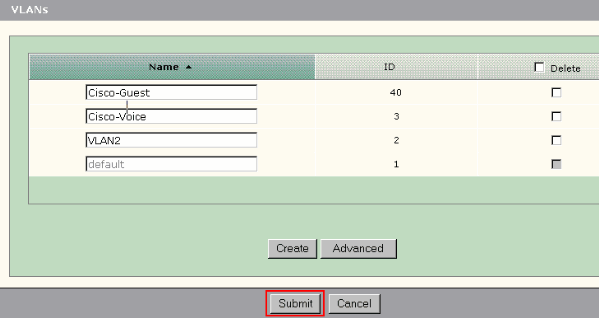Introduction To The CAIA Designation Yahoo Singapore Finance
Post on: 11 Апрель, 2015 No Comment

For those who work in, or have aspirations of one day working in the world of finance, chances are you’re familiar with the Chartered Financial Analyst (CFA) designation. The CFA designation, as it is known, has become arguably the most recognizable and sought after professional designation in the industry. With topics of study ranging from professional conduct standards, quantitative measures, financial reporting and portfolio management to name a few, receiving a CFA designation is a long and challenging endeavor. Becoming a charter holder brings with it a level of achievement and hopefully opens doors in one’s profession that may not have been there prior.
That being said, the CFA charter is truly an all-encompassing designation that focuses more on portfolio management at its highest level. However, for individuals looking to achieve a more expert-level grasp on the area of alternative investments, the Chartered Alternative Investment Analyst designation (CAIA) should be considered, either as a stand-alone designation or to augment one’s CFA charter.
The CAIA designation focuses on the alternative investment asset class(es), which includes private equity, hedge funds, commodities and real estate, among others. Alternative assets can be considered investments and asset classes that do not fall under the general umbrella of equity or fixed income. Investment and interest in such alternative assets continues to grow in the financial community, and individuals with advanced expertise in the area are in ever-increasing demand. Here, we will introduce you to the CAIA program and subjects related to obtaining the CAIA designation.
The CAIA
The CAIA Association was founded in 2002 by the Alternative Investment Management Association and the Center for International Securities and Derivatives Markets, and offered the first CAIA exam in February 2003. The CAIA designation is awarded by the CAIA Association to those who completed the CAIA program’s stated requirements. In order to obtain the designation, candidates must: hold a U.S. Bachelor’s degree (or equivalent); successfully pass both the Level I & II exams; have more than one year of qualifying work experience (or four years of professional experience); maintain annual membership dues and abide by the membership agreement.
The program itself is based upon self-directed learning, like most professional designations, meaning that it is up to the candidate to decide what and how much to study, based upon the guideline curriculum and required readings given by the CAIA Association. Probably the best way to learn about obtaining the designation itself would be to go through the Level I CAIA exam and the topics covered within it, and touch upon the Level II exam a bit as well.
The Topics
Both the Level I & II exams are offered twice a year, in March and September, and students have the option of booking their exam within a 10 business day window during the exam periods. The Level I exam consists of 200 multiple choice questions and aims to take candidates’ elementary knowledge of the topics of study and build upon what one should have learned during their undergrad. The exam covers seven distinct topics, all of which share a relatively even weighting on the exam:
Professional Standards and Ethics
This section covers much of the same topics that would be covered in the CFA curriculum, such as professionalism, duties to employers and clients, and conflicts of interest. Much like the CFA Institute, the CAIA Association places a serious emphasis on professional standards and ethics, and drills home that obtaining the CAIA designation and membership comes with strong professional and ethical guidelines.
Alpha and Beta Drivers














